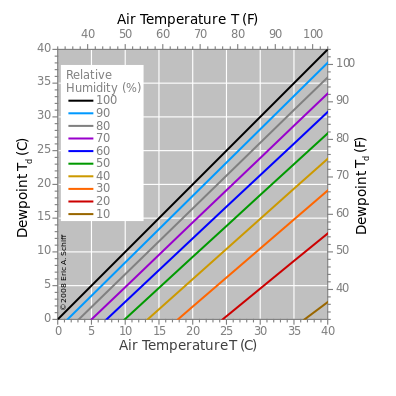LHarrington
Senior Member
- Location
- Saginaw Bay area Michigan
Good morning,
Upon starting the plant Monday morning we had major issues with our compressors, Both went down on a VSD error over current. Putting in a bad spot at the moment, I reset one of the machine and cleared the error displayed and attempted to restart. It errored again, on my third attempt the machine stayed running and hasn't stopped. However, the same twin machine next to it did not fair very well. After the plant pressure was up to par, I put the second machine on line (stand by) as I always do, to be ready to help when required the air pressure dipped and it was asked to come on line. It ran for about 30 seconds and had the same error as the first. When I cleared the error and attempted to restart I was witness to a large flash from the bottom of the motor. After megging the motor I learned the windings were shorted together and now have the 200hp motor out to the repair shop to be rewound. I consulted the manufacture of these compressors asking what the heck happened, and the only thing they can contribute the problem to is, this past Sunday was by far the most hot and humid day we have had in a few years. Not to forget we were having several storms and rain this same morning. They fear the motors condensated inside and when I attempted to start it found the weak spots in the winding insulation. I'm not comfortable with this at all and it does give me a sound reason why this had happened.
Both these machine are VSD driven 200 hp Sullair compressors with WEG motors. After all the dust settle and we calmed down we went looking for water but found nothing. Has anyone of you folks seen something like this? Manufacture claims it happens down south a lot. We are near a oil change and test the oil monthly for breakdown. Sample from last month prove the oil is fine but haven?t seen the results to the sample pulled a week ago. My thought is I have a mechanical issue some where.
LHarrington
Upon starting the plant Monday morning we had major issues with our compressors, Both went down on a VSD error over current. Putting in a bad spot at the moment, I reset one of the machine and cleared the error displayed and attempted to restart. It errored again, on my third attempt the machine stayed running and hasn't stopped. However, the same twin machine next to it did not fair very well. After the plant pressure was up to par, I put the second machine on line (stand by) as I always do, to be ready to help when required the air pressure dipped and it was asked to come on line. It ran for about 30 seconds and had the same error as the first. When I cleared the error and attempted to restart I was witness to a large flash from the bottom of the motor. After megging the motor I learned the windings were shorted together and now have the 200hp motor out to the repair shop to be rewound. I consulted the manufacture of these compressors asking what the heck happened, and the only thing they can contribute the problem to is, this past Sunday was by far the most hot and humid day we have had in a few years. Not to forget we were having several storms and rain this same morning. They fear the motors condensated inside and when I attempted to start it found the weak spots in the winding insulation. I'm not comfortable with this at all and it does give me a sound reason why this had happened.
Both these machine are VSD driven 200 hp Sullair compressors with WEG motors. After all the dust settle and we calmed down we went looking for water but found nothing. Has anyone of you folks seen something like this? Manufacture claims it happens down south a lot. We are near a oil change and test the oil monthly for breakdown. Sample from last month prove the oil is fine but haven?t seen the results to the sample pulled a week ago. My thought is I have a mechanical issue some where.
LHarrington

